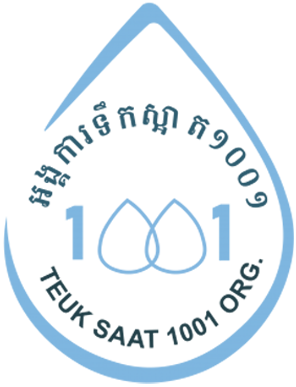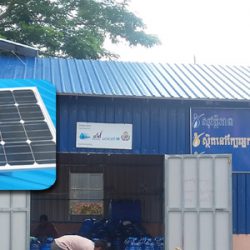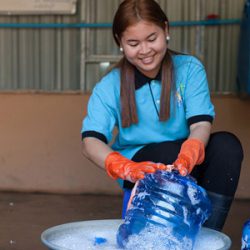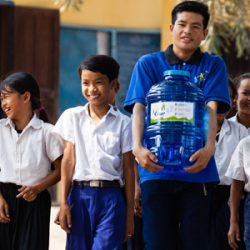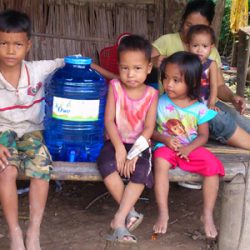Environmental Enhancement
Solar energy consumption powered water treatment kiosks provided by a photovoltaic panel of 85Wc to 100Wc by not applying much electrical nor fuel consumption, in order to save environment in each project site. Delivery transportation of 20L-container depends on site entrepreneur/operator – during rainy season (a very low selling season), an average consumption of 60L/month; Read more about Environmental Enhancement[…]
